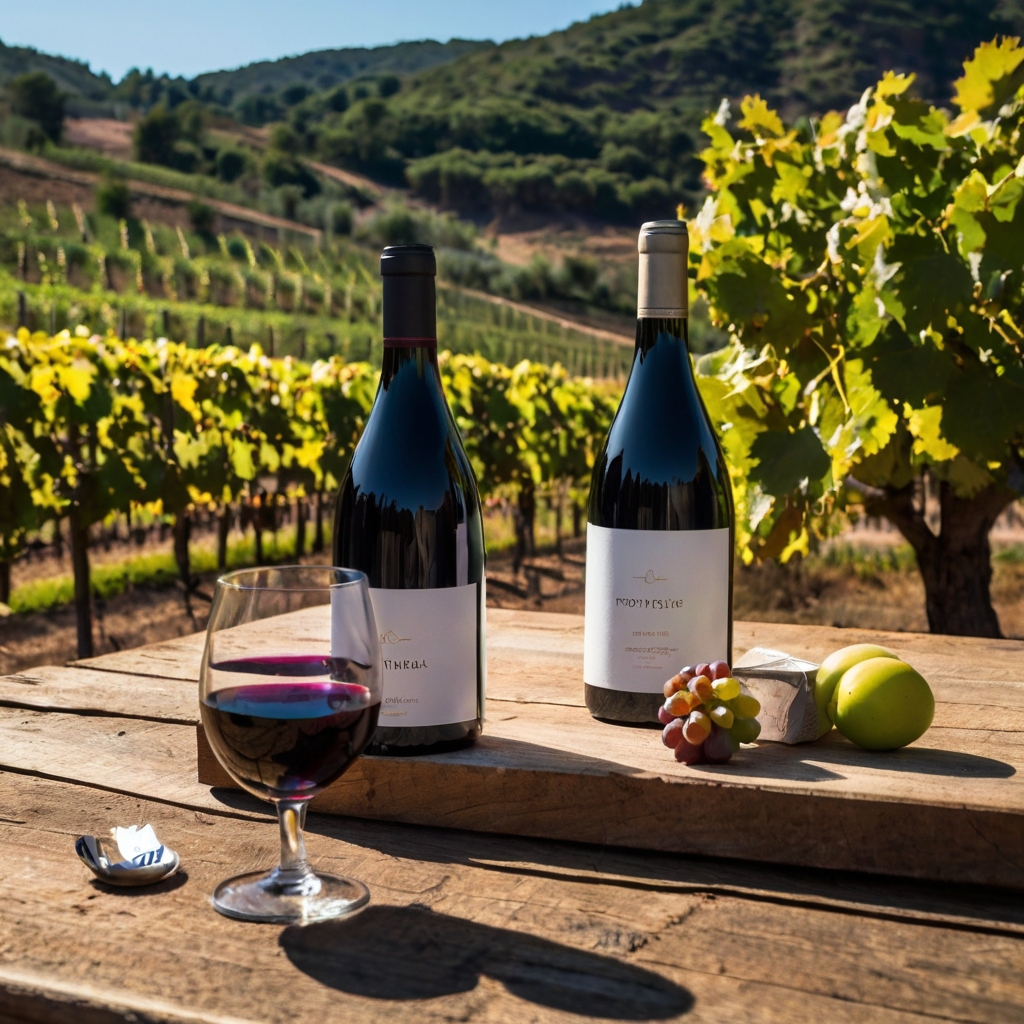Table of Contents:
- Introduction: A Journey Through the World of Wine
- Understanding the Elements of Wine
- The Role of Aromas and Flavors
- Techniques in Winemaking
- The Importance of Terroir
- The Joy of Wine Tasting
- Pairing Wine with Culinary Delights
- Preserving and Enjoying Wine at Home
Introduction: A Journey Through the World of Wine
Wine holds a timeless allure and is widely revered for its rich cultural heritage and the diverse sensory experiences it offers. Each sip of wine tells a story—of the land it hails from, the craftsmanship involved, and the passage of time that helped mature it.
This article is a gateway to exploring the multifaceted world of wine, offering both novices and seasoned connoisseurs an opportunity to enhance their appreciation. Covering everything from the intrinsic elements that compose wine to the artful pairing of wine with culinary delights, readers can anticipate a more profound understanding that will enrich their future wine-tasting adventures.

Understanding the Elements of Wine
The intricate charm of wine stems from its complex composition, dominated by four key elements: acidity, tannins, sweetness, and alcohol. Each of these stages is performed in a unique theater, which is the wine theater. For those eager to delve deeper into these rich wine experiences, using services like designated drivers Napa Sonoma enhances any journey through the scenic vineyards of Napa and Sonoma, allowing you to indulge in the delightful flavors without the concern of driving. Acidity imbues the wine with a crisp, refreshing quality and counterbalances sweetness, while tannins contribute to the wine’s texture and aging potential. Sweetness, or the lack thereof, in wine, complements or contrasts with food, creating memorable dining experiences. Alcohol, meanwhile, serves as the backbone, supporting and enhancing flavors and textures. Understanding how these elements interact unfolds the art behind winemaking and offers insights into the vintner’s skill.
The Role of Aromas and Flavors
Aromas are an evocative gateway to the wine’s soul, playing an indispensable role in shaping our taste perception and overall experience. It releases volatile compounds with distinctive aromas upon swirling a glass of wine. These range from fruity and floral notes to earthy and spicy undertones, adding layers of complexity to each sip. Awareness and understanding of these aromatic profiles can significantly enrich the sensory experience. To fully grasp the impact of aromas on wine tasting, Wine Spectator provides an enlightening guide to wine aromas and their impact, offering a deep dive into the olfactory influence that shapes our palates.
Techniques in Winemaking
Transmuting grapes into the wines we savor involves a tapestry of methods that extend beyond mere fermentation. Traditional techniques incorporate time-honored harvesting, pressing, fermenting, and aging practices designed to capture the essence of each grape variety. These methods have been refined over centuries, preserving a link to the past. Contrastingly, modern innovations bring new flair, employing cutting-edge technology to boost quality and consistency, often adapting to global climate changes and consumer preferences. The ongoing dialogue between tradition and innovation provides a rich diversity in the wines we enjoy today, where each bottle tells its own story.
The Importance of Terroir
A concept central to viniculture is terroir, which expresses the unique combination of climate, soil, and topography, imprinting a distinctive character upon each wine. Terroir influences not just flavor and aroma but also the viticultural potential of a region. A well-believed axiom among winemakers is that great wines are born in the vineyard, where the environment can enhance or mellow the grapes’ natural characteristics. Appreciating the nuanced expression of terroir helps wine lovers understand why wines can exhibit such varying profiles despite sharing grape varieties. For more insights on the influence of terroir, consult Decanter’s study on the importance of terroir, which underscores how these environmental factors define quality and distinction.
The Joy of Wine Tasting
Wine tasting is a practice that transforms passive drinking into a full-fledged sensory affair. It’s a journey that engages both the analytical and the sensual, beginning with the observation of color and clarity, often hinting at the wine’s age and grape variety. This is followed by a deliberate exploration of aromas fueled by a gentle glass swirl. Lastly, tasting reveals the wine’s flavor profile and an intricate taste, mouthfeel, and aftertaste mesh. Engaging each sense elevates the experience, turning casual sips into educational and enchanting moments that resonate with the drinker long after emptying the glass.
Pairing Wine with Culinary Delights
The art of pairing wine with food is akin to conducting a finely tuned orchestra where each component complements and elevates the others. Successful pairing highlights the harmonies between the wine’s characteristics and the dish’s flavors, enhancing the overall dining experience. Consider the synergy of a robust red wine such as Cabernet Sauvignon with a savory steak, where tannins in the wine soften the protein’s richness. Alternatively, a crisp Sauvignon Blanc can seamlessly complement a garden salad’s light, herbal notes. Stimulating these pairing principles offers endless opportunities to surprise and delight one’s palate.
Preserving and Enjoying Wine at Home
Proper storage is vital in maintaining a wine’s integrity and fullness of flavor over time. Positioning bottles horizontally in a calm, stable environment helps prevent oxidation and preserves the richness of taste. Serving wine at the correct temperature is equally important, allowing it to express its full aromatic and flavor potential. Additionally, selecting the appropriate glassware can enhance taste and aroma, ensuring every pour epitomizes the winemaker’s vision. By understanding these few fundamental aspects, every glass of wine served at home can captivate, offering a feast of flavors as lively as the moment it was first uncorked.
Whether indulging in a quiet dinner at home or hosting a sophisticated gathering, crafting exceptional wine experiences involves appreciation, knowledge, and a touch of elegance. With a refined understanding of wine’s rich narrative and character, each sip becomes a moment to savor, celebrate, and share.
